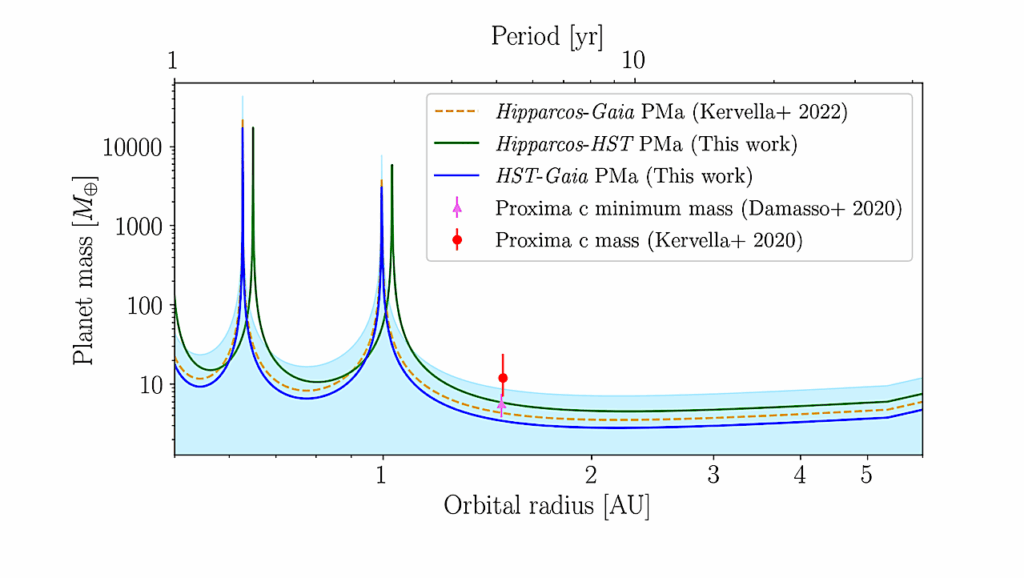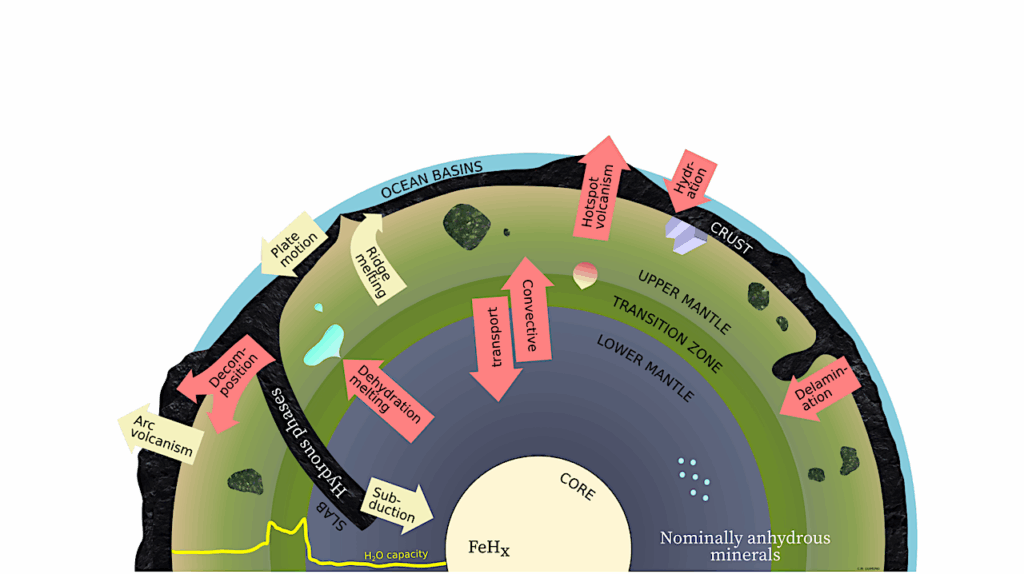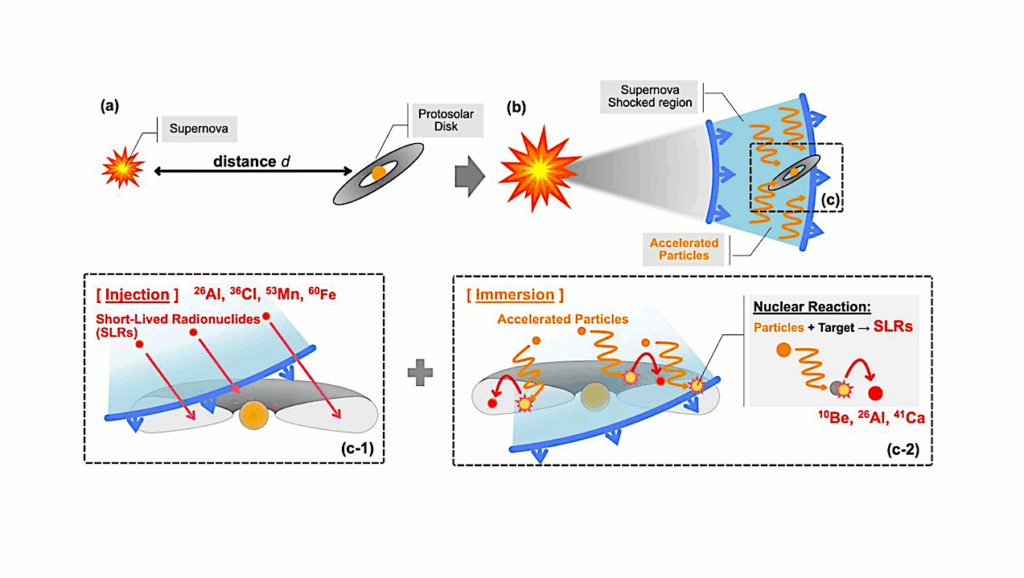Thermo-compositional Diabatic Convection in the Atmospheres of Brown Dwarfs and in Earth's Atmosphere and Oceans

By generalizing the theory of convection to any type of thermal and compositional source terms (diabatic processes), we show that thermohaline convection in Earth oceans, fingering convection in stellar atmospheres, and moist convection in Earth atmosphere are deriving from the same general diabatic convective instability.
We show also that “radiative convection” triggered by CO/CH4 transition with radiative transfer in the atmospheres of brown dwarfs is analog to moist and thermohaline convection. We derive a generalization of the mixing length theory to include the effect of source terms in 1D codes. We show that CO/CH4 radiative convection could significantly reduce the temperature gradient in the atmospheres of brown dwarfs similarly to moist convection in Earth atmosphere thus possibly explaining the reddening in brown-dwarf spectra.
By using idealized two-dimensional hydrodynamic simulations in the Ledoux unstable regime, we show that compositional source terms can indeed provoke a reduction of the temperature gradient. The L/T transition could be explained by a bifurcation between the adiabatic and diabatic convective transports and could be seen as a giant cooling crisis: an analog of the boiling crisis in liquid/steam-water convective flows. This mechanism with other chemical transitions could be present in many giant and earth-like exoplanets. The study of the impact of different parameters (effective temperature, compositional changes) on CO/CH4 radiative convection and the analogy with Earth moist and thermohaline convection is opening the possibility to use brown dwarfs to better understand some aspects of the physics at play in the climate of our own planet.
P. Tremblin, T. Padioleau, M. Phillips, G. Chabrier, I. Baraffe, S. Fromang, E. Audit, H. Bloch, A. J. Burgasser, B. Drummond, M. Gonzalez, P. Kestener, S. Kokh, P.-O. Lagage, M. Stauffert
(Submitted on 10 Feb 2019)
Comments: accepted in ApJ
Subjects: Earth and Planetary Astrophysics (astro-ph.EP)
Cite as: arXiv:1902.03553 [astro-ph.EP] (or arXiv:1902.03553v1 [astro-ph.EP] for this version)
Submission history
From: Pascal Tremblin
[v1] Sun, 10 Feb 2019 07:53:41 UTC (1,677 KB)
https://arxiv.org/abs/1902.03553








